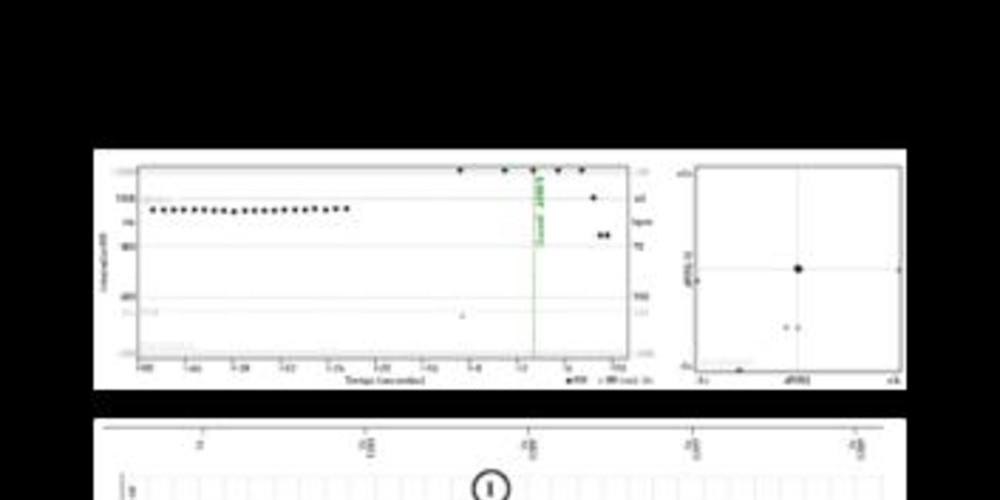Syncope and complete atrioventricular block
Tracing
Manufacturer Biotronik
Device ILR
Field Biomonitor
N° 4
Patient
81-year-old man participating in the LBBB-TAVI study; sudden syncope with facial trauma; as a result of the fall, the patient was not able to use the assistant and trigger the recording.

Graph and trace
Asystole episode recorded automatically by the device;
- long PR with left bundle branch block pattern;
- prolonged pause with several consecutive blocked P waves; complete atrioventricular block;
- escape with oversensing;
- new ventricular pause with blocked P waves;
- new pause and diagnosis of asystole.
Other articles that may be of interest to you







In some patients, activation of the patient assistant after the occurrence of a symptom is impossible: patients with traumatic syncope and temporary inability to move or altered consciousness following the fall, patients with permanent cognitive disorders, patients with moderate mobility and impaired manual dexterity. The automatic recording sometimes allows diagnosis as in the present case. This patient had presented an episode of syncope in conjunction with a paroxysmal complete atrioventricular block and underwent the implantation of a pacemaker which enabled preventing recurrences.
The device automatically records an asystole episode when the delay between 2 sensed QRS complexes exceeds a programmable value (2 to 10 seconds, nominal value 3 seconds). An asystole can only be diagnosed from 2 VS intervals, the signals classified as noise (Vn) being excluded from the analysis.
Patients implanted with a Biomonitor can benefit from remote monitoring. The Biotronik telemonitoring system is oriented more towards remote monitoring than teleconsultation. The patient has no specific action to perform, the transmission between the implantable loop recorder and the transmitter (CardioMessenger) being automatic (the patient is passive). The Biomonitor automatically transmits the data as an encrypted SMS to the company's service center. The data are then decoded, analyzed and organized in the form of a report (Cardio Report) made available to the cardiologist on a secured website. The cardiologist also receives alert messages (by fax, SMS or email) in the case of a particular event of which he or she has previously set the nature. Telemedicine follow-up combines a calendar remote monitoring system that allows punctual verification of the functioning of the implanted device at the dates defined by the cardiologist and an event remote monitoring system that ensures automatic and continuous monitoring by sending a message to the cardiologist during the recording of an episode. Every night at a fixed time, the prosthesis transmits the contents of the memory bank and the technical parameters to a transmitter which relays the latter to the service center of the company by mobile phone networks. The objectives of telemedicine are, on the one hand, to improve the quality of life of the patients by limiting the inconveniences caused by the displacements and prolonged absences both from home and the workplace and, on the other, to optimize patient safety by reducing the intervention time when an episode of arrhythmia or bradycardia is detected. In patients implanted for a cryptogenic stroke, for example, remote monitoring significantly reduces the time needed for intervention and introduction of anticoagulant therapy when the device diagnoses an episode of asymptomatic AF.